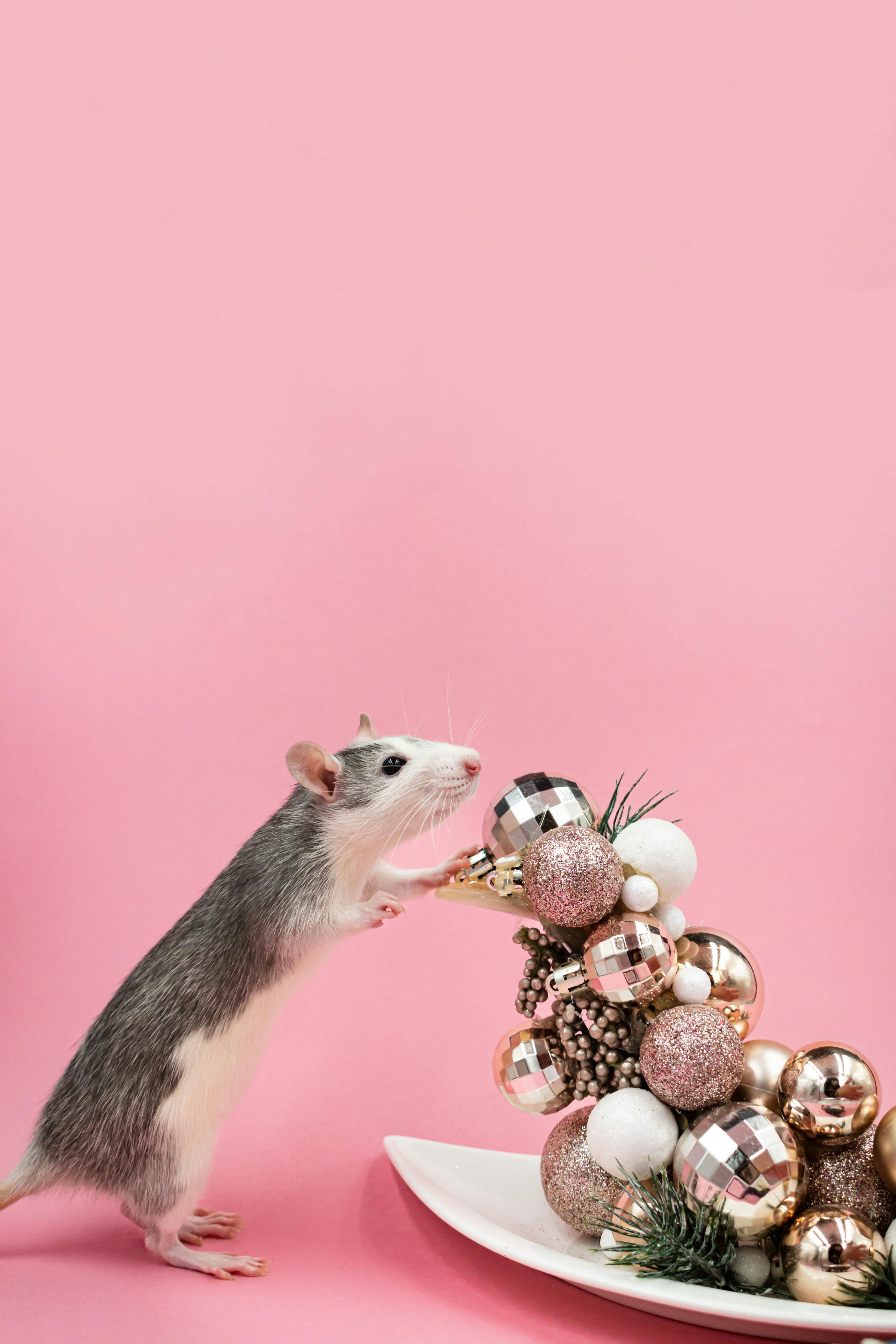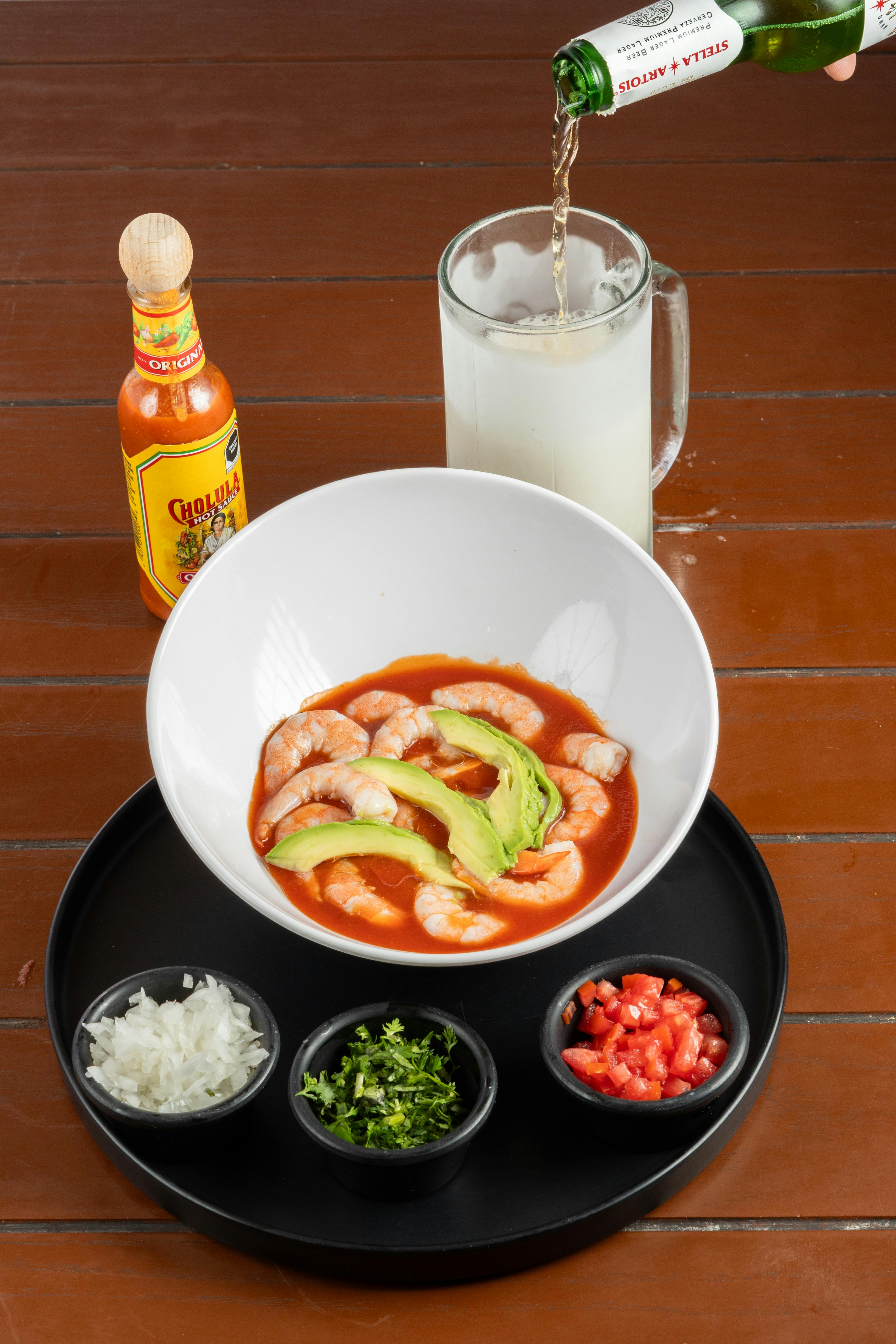Complete Guide to Caring for Pregnant Cherry Shrimp in 2025
As experienced aquarists know, maintaining the health and wellbeing of aquatic pets is crucial, especially when it comes to pregnant cherry shrimp. These vibrant little creatures, known for their stunning colors, require specific care during their pregnancy to ensure the health of both the mother and her offspring. Understanding how to identify pregnant cherry shrimp, monitoring their health, and providing adequate tank conditions are cornerstones of successful breeding.
Throughout this guide, we will delve into the specifics of pregnant cherry shrimp care, including their behavioral changes during pregnancy, suitable tank conditions, and important dietary needs. By the end of this article, you will be well-equipped with practical tips and strategies to support your pregnant shrimp and enhance their breeding success.
Key takeaways you can expect to learn include:
- How to identify pregnant cherry shrimp and monitor their health
- Essential tank conditions for breeding cherry shrimp
- Feeding guidelines to promote healthy growth stages
- Common issues during breeding and how to resolve them
- Best practices for maintaining a harmonious community tank with shrimp
Identifying Signs of Pregnant Cherry Shrimp
Recognizing the unique signs of pregnant cherry shrimp is the first step in ensuring their care. Pregnant cherry shrimp exhibit visible changes, particularly the development of eggs. This section will highlight the key indicators that you can watch for.
Physical Indicators to Watch For
One of the most telling signs of pregnant cherry shrimp is the presence of a bulging saddle. This saddle is a cluster of eggs located beneath the female's shell. As she progresses in her pregnancy, the eggs become more visible and strikingly colorful. The typical color variations in the eggs range from bright yellow to orange. Observing these physical characteristics can help you promptly identify a shrimp in need of specialized care.
Behavioral Changes During Pregnancy
While pregnant cherry shrimp are generally active, their behavior may alter slightly as they prepare for motherhood. Their movement may become more tentative, and they might seek refuge in plants or tank decorations. This is a natural response as they look to create a safe environment for their developing eggs. Keeping an eye on these behavioral changes allows you to provide extra support during this crucial time.
Assessing the Size of Pregnant Cherry Shrimp
The size of a pregnant cherry shrimp can be another helpful indicator of her condition. Usually larger than their non-pregnant counterparts, pregnant females may exhibit slight swelling, particularly around the abdomen. However, monitor her closely; sudden changes in size can indicate health issues that require immediate attention.
Creating Optimal Tank Conditions for Pregnant Cherry Shrimp
Maintaining an ideal environment is essential for the well-being of pregnant cherry shrimp. The right tank setup plays a pivotal role in their health and successful breeding. Here, we'll outline the necessary parameters and modifications that should be made in your tank.
Water Quality and Parameters for Optimal Health
The water's chemical composition is crucial for pregnant cherry shrimp. Stable water parameters, including temperature, pH, and hardness, contribute to a conducive environment. For pregnant shrimp, a temperature range of 70-78°F (21-26°C) and a pH between 6.5 to 7.5 are recommended. Regular water changes, approximately 15-20% every week, will help maintain these conditions and prevent the buildup of harmful substances.
Essential Tank Configuration and Decor
Creating a comfortable habitat involves more than just the right water conditions; tank decor and substrate matter too. Fine, sandy substrates help prevent injury to delicate shrimp while providing a place for beneficial bacteria to thrive. Additionally, incorporating live plants, such as Java moss or hornwort, offers hiding spots and surfaces for the shrimp to forage, making them feel more secure during pregnancy.
Maintaining a Community Tank with Pregnant Cherry Shrimp
When housing pregnant cherry shrimp, consider tank mates to avoid stress. Suitable fish include small, peaceful species that won’t disturb the shrimp. Avoid larger or aggressive species as they could pose a threat. Aim for a balanced ecosystem that promotes harmony and minimizes stress for pregnant shrimp.
Feeding Guidelines for Pregnant Cherry Shrimp
A proper diet is paramount in ensuring the health of pregnant cherry shrimp as they prepare to hatch their young. Knowing what to feed them and how often can make a significant difference.
Best Diet Choices for Pregnant Cherry Shrimp
While cherry shrimp are omnivorous, pregnant females benefit from a varied and nutritious diet. High-quality shrimp pellets, algae wafers, and blanched vegetables such as zucchini or spinach can be excellent food sources. This diverse diet supports both the mother's health and the development of the embryos.
Feeding Frequency and Amount
During pregnancy, provide small amounts of food several times a day instead of one large feeding. Monitor their consumption to prevent uneaten food from fouling the tank. This approach will ensure that your pregnant shrimp receive the proper nutrition without compromising water quality.
Importance of Nutritional Content
Pay attention to the nutritional content of any food you provide. In addition to typical aquatic fare, some commercial diets are specifically designed for breeding shrimp. These include additional proteins and vitamins essential for healthy embryo development. Experiment with different foods to see what your shrimp prefer and what produces the best results.
Health Monitoring for Pregnant Cherry Shrimp
Monitoring the health of your pregnant cherry shrimp is vital in ensuring they reach a successful breeding phase. Being attentive to their condition can help you catch potential problems early on.
Common Health Concerns and Solutions
Pregnant cherry shrimp may experience health issues like molting problems or stress due to tank conditions. Signs of stress include unusual hiding, loss of color, or not eating. Regular water testing and monitoring behavior can help prevent these issues. If you notice your shrimp displaying signs of distress, consider reviewing your tank conditions and diet to ensure everything is optimal.
Preventive Care and Checkups
Routine checkups of water parameters, tank cleanliness, and observing the shrimp can significantly contribute to preventive care. Ensure regular cleanings without disturbing the shrimp and keep an eye out for any abnormalities. Early intervention can improve outcomes significantly.
Indicators of a Healthy Pregnancy
A healthy pregnant cherry shrimp will generally exhibit vibrant colors, remain active, and show interest in food. Encourage positive conditions for growth stages by maintaining environmental stability and focusing on nutrition.

Breeding Techniques for Pregnant Cherry Shrimp
Once you've successfully cared for pregnant cherry shrimp and they are nearing the hatching stage, it’s crucial to understand effective breeding techniques to optimize the process.
Creating a Breeding-Friendly Environment
For successful breeding, consider setting up a separate breeding tank. This tank can be a smaller, easily maintained environment that allows you to control conditions specifically for the pregnant shrimp. Incorporate gentle filtration systems and plenty of hiding spots for both the mother and her young.
Monitoring Egg Development
Typically, cherry shrimp carry their eggs for 3-4 weeks before they hatch. During this time, it’s important to avoid unnecessary disturbances. Checking in with minimal disruption will allow you to monitor the development of the embryos. Once the eggs start to turn darker, you can anticipate hatching in the near future.
Post-Hatch care for Baby Shrimp
After the eggs hatch, providing a safe environment for the fry is crucial. Baby shrimp are incredibly small and require tiny food particles, such as powdered spirulina or specialized fry food. Ensure they have enough space to swim and grow without being threatened by larger tank mates. Monitoring their growth stages will help you adjust their care as needed.

Tips for Successfully Maintaining Pregnant Cherry Shrimp
Maintaining pregnant cherry shrimp requires diligent observation and a commitment to creating an ideal habitat for successful breeding. This section will provide key tips to help ensure your shrimp thrive during this period.
Consistent Observations of Tank Conditions
Regularly checking on your tank’s water quality and shrimp behavior will help maintain a healthy environment. Any fluctuations in temperature, salinity, or pH can hinder breeding success. Be prepared to make gradual adjustments to the water parameters as necessary.
Providing Adequate Shelter and Enrichment
Creating a shrimp-friendly environment involves offering ample hiding spots and enrichment options. Natural decorations, such as driftwood or caves, can help newly hatched shrimp feel safe. Additionally, consider adding aquatic plants to encourage natural behavior and provide foraging opportunities.
Avoiding Stressful Situations
Minimize stress around pregnant cherry shrimp by controlling tank dynamics more carefully. Be cautious about introducing new or aggressive tank mates as they can disrupt the shrimp's calm environment. If introducing new fish, consider using a quarantine tank first.
Q&A on Caring for Pregnant Cherry Shrimp
What should I do if my pregnant cherry shrimp seems stressed?
If your shrimp is showing signs of stress, review the tank conditions first. Look for any sudden changes in temperature or water quality. Consider reducing tank traffic and noise to create a more peaceful habitat.
How do I differentiate between male and female cherry shrimp?
Males typically have smaller bodies and larger claws, while females are larger with a more pronounced saddle that holds the eggs. Observing these physical features will help you identify the sexes easily.
How can I improve the color of my shrimp?
Providing high-quality food that includes carotenoids will enhance the color of your cherry shrimp. Certain diets can promote vibrant hues, so consider experimenting with various food options.
When should I remove the fry from the breeding tank?
Once the fry are free-swimming and can navigate independently, it's wise to transfer them to a grow-out tank to reduce the risk of predation by adult shrimp or fish. Monitor them closely and ensure they're provided with suitable food until they grow big enough to join the main tank.
Can I keep cherry shrimp with other fish?
Yes, but be cautious in selecting compatible tank mates. Choose small, non-aggressive species to ensure the safety and comfort of your shrimp. Compatibility plays a significant role in their successful habitation.
Its part of generated content. Can i generate another part?